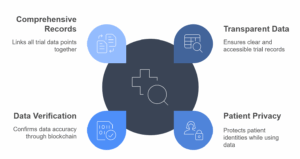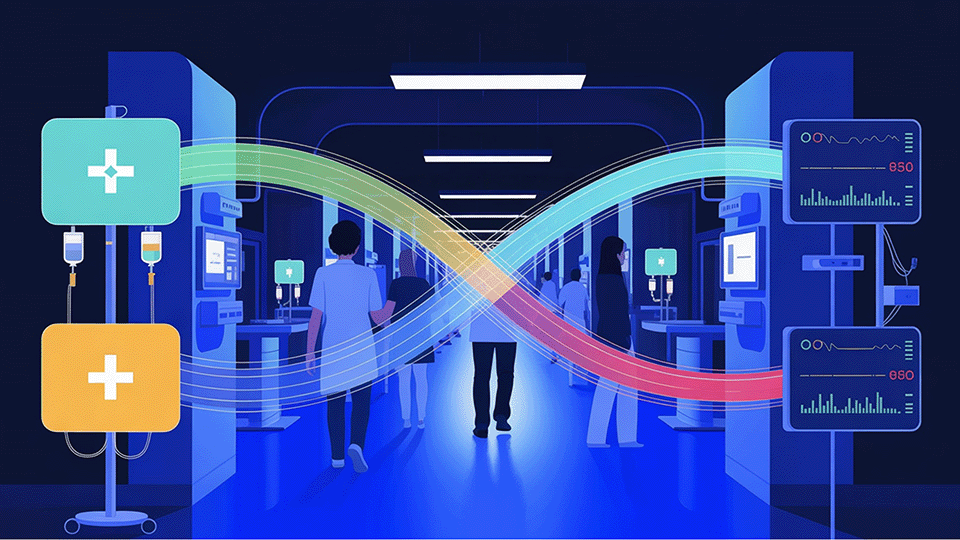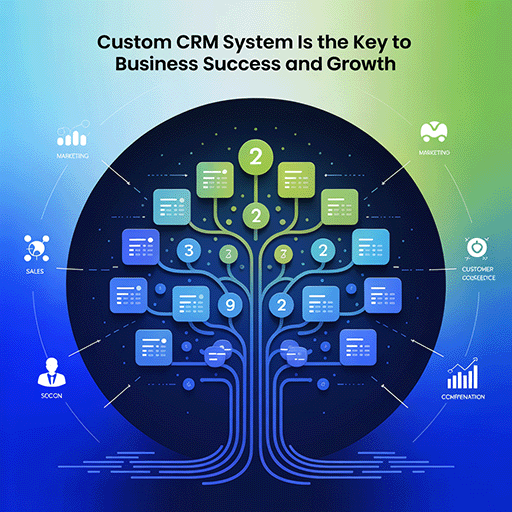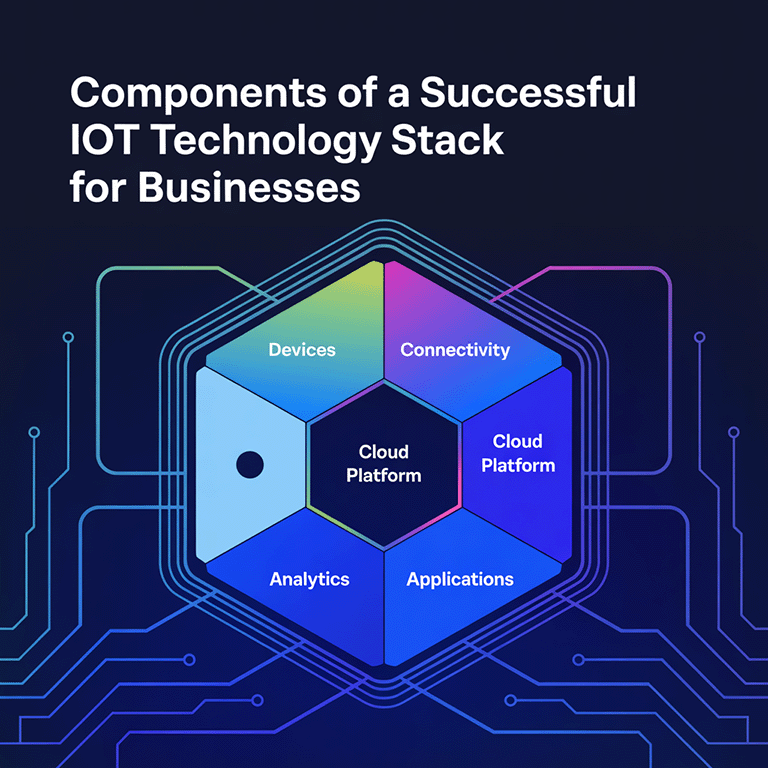Why do hospitals still rely on outdated systems to share patient records, manage billing, or verify consent? Why do patients have to repeat their health history every time they visit a new provider? These problems aren’t new. But they cost time, cause errors, and frustrate both doctors and patients. A modern blockchain in healthcare solution offers a smarter way, highlighting the role of blockchain in healthcare and importance of blockchain in healthcare today.
One enterprise-grade blockchain system can now process up to 50 million events per day. That allows real-time tracking of claims from the moment they’re sent to the time they’re paid.
This isn’t a theory. It’s a working system that demonstrates how blockchain works in healthcare to reduce gaps, boost trust, and give patients more control. Let’s walk through how this works and what it means for care, records, and research, while exploring the pros and cons of blockchain in healthcare.
What Is Blockchain and Why It Fits Healthcare Perfectly
Let’s break it down. What is blockchain in healthcare? It’s a secure, decentralized digital ledger that records data across many computers. No one can change data without others seeing it. Every update is logged and time-stamped.
- Tracks every medical event with full traceability.
- Makes patient consent records visible and secure.
- Links systems without exposing data directly.
- Supports secure access to files across providers.
- Cuts costs by reducing duplicate procedures.
- Strengthens privacy using encryption and smart contracts.
Blockchain is emerging as a reliable way to improve healthcare data sharing, offering better transparency and control.
For a clear understanding of the basics, start with this overview of what blockchain is.
The Current State of Data Sharing in Healthcare
Data sharing in the health sector is slow and often blocked by incompatible systems, outdated formats, and privacy concerns. Patients usually have no idea where their data goes after a visit or how it’s used.
This system works for institutions, but not patients. Projects like “HIE of One” show a different way. It proposes blockchain in healthcare industry where individuals, not clinics, control access. You decide who sees your lab results, imaging scans, or prescriptions. That reduces leaks and gives better privacy.
Many healthcare organizations are now exploring blockchain to secure records, streamline access, and enhance patient trust. LITSLINK’s blockchain development services are built to support these kinds of industry-specific needs.
Blockchain Use Cases in Healthcare Data Sharing

Now, let’s walk through how blockchain technology in healthcare works in actual systems. Not in theory, but in practical terms. These examples of blockchain in healthcare show where it helps and how it’s being used today.
Unified Electronic Health Records (EHRs)
Right now, your EHR lives in the hospital or clinic where it was created. If you switch providers, the new doctor starts fresh or relies on PDFs and printouts. One of the key use cases of blockchain in healthcare is enabling a shared EHR that updates in real time and belongs to the patient.
With medical blockchain, updates from lab systems, diagnostics, and treatment plans are posted as new blocks. No single provider owns the file. Instead, each node sees the same truth.
Cross-Provider Data Interoperability
One big win from blockchain in healthcare today is getting systems to talk to each other. Many hospitals run on different software. These systems don’t naturally connect. That creates gaps.
Blockchain helps bridge this by creating a shared data layer. APIs allow each platform to read and write from the blockchain without storing private data directly.
That means two hospitals using different record systems can verify test results, billing info, or identity without duplicating or emailing files.
Consent Management and Audit Trails
Every time your data is shared, it should be because you allowed it. But in practice, consents are often missing or hard to track.
Blockchain solves this by letting patients give, revoke, or renew consent digitally. These actions are recorded as smart contracts. Providers and insurers can only access data that’s approved. Nothing gets overwritten. The chain shows who viewed what and when.
This helps meet data laws like HIPAA or GDPR. And it makes audits easier. With medical report management & distribution system on blockchain, permissions stay visible. Trust increases.
Medical Research & Clinical Trials
Clinical trials need trusted, tamper-proof data. They involve different locations, researchers, and stages. Mistakes, fraud, or lost records ruin the results.
Blockchain for medical research keeps trial records transparent and complete. Patient IDs can stay private, while data gets verified step by step. Timelines, dosage changes, and side effects are all linked.

This ensures clean trials. It also helps researchers publish findings that others can trust. And patients can see how their anonymous data is used.
That’s how blockchain can help in clinical trials and medical research management by making data more honest and complete.
Blockchain for Patient-Centered Care
Modern care is about patients making choices. They want to see their records, approve who accesses them, and get alerts when changes happen. Blockchain supports that.
With blockchain for healthcare data, patients own a copy of their record. They can store it in a secure wallet. They can also share specific parts with new doctors, insurers, or family members.
With rising concerns about privacy and data breaches, secure systems are more critical than ever. Some of the top cybersecurity challenges in healthcare highlight why blockchain is gaining traction in this space.
Blockchain Healthcare Projects to Watch

Real-world examples show how blockchain in healthcare is being tested and used today. These are not just pilot ideas. They are working systems solving big data problems.
One project focused on managing medical images built a secure, patient-controlled system using Ethereum and InterPlanetary File System (IPFS). Patients decide who sees their images. These files are encrypted and shared only through verified access, reducing risks from central servers. It’s a strong case of secure medical records using blockchain.
Another major development is FHIRChain. It uses blockchain to wrap around the HL7 FHIR standard. The goal is secure, scalable sharing of clinical data. FHIRChain helps providers work together by ensuring data stays intact and that only verified users can see or update it. This supports smarter decisions without risking privacy.
These projects show blockchain healthcare interoperability in action. They also answer common questions about implementation of blockchain in healthcare, especially around imaging and records sharing.
Technical Considerations and Integration Challenges
Building or adopting blockchain solutions for healthcare comes with hurdles. Systems must work with current IT, meet health regulations, and protect private data. Many legacy systems weren’t built for this kind of transparency.
- Linking old systems to blockchain takes custom APIs.
- Smart contracts need thorough testing before real-world use.
- Consensus models must support high transaction volume.
- Data storage on-chain is limited; hybrid models work better.
- Encryption keys must be managed safely, or access is lost.
These are common in any medical blockchain technology rollout, and they highlight some limitations of blockchain in healthcare, especially around integration, regulation, and scalability. Planning ahead avoids surprises and supports smoother delivery.
If you’re considering a blockchain solution for healthcare, having expert guidance can help shape your strategy. Feel free to contact the LITSLINK team to explore how we can support your project.
Addressing Concerns: Security, Privacy, and Trust
Not everyone trusts blockchain, especially when it comes to medical data. But systems today solve many old concerns by design. Let’s compare how real risks are managed.

That’s how blockchain in the medical field strengthens data handling. It also shifts control back to patients, which supports ethical care and better security.
Unlocking the Full Potential of Healthcare with Blockchain
A better system is possible. One where records are trusted, shared only with consent, and always accurate. That’s what blockchain in healthcare today is building.
We’ve seen how shared EHRs, better audits, patient control, and real-time trials benefit from blockchain’s design. We’ve looked at real blockchain healthcare projects, not theory. This isn’t a future idea. It’s here, and it’s growing.
If you’re exploring how to use blockchain in healthcare, the time to start is now. Get the architecture right, and you can protect patient rights, cut costs, and improve clinical results, even in blockchain for medical devices and trials.
Work with LITSLINK as your partner to implement medical blockchain systems. Our blockchain development services help design, test, and launch trusted systems that support your goals. Also, view our case study on healthcare App.
Learn more about building with blockchain, on your terms.





